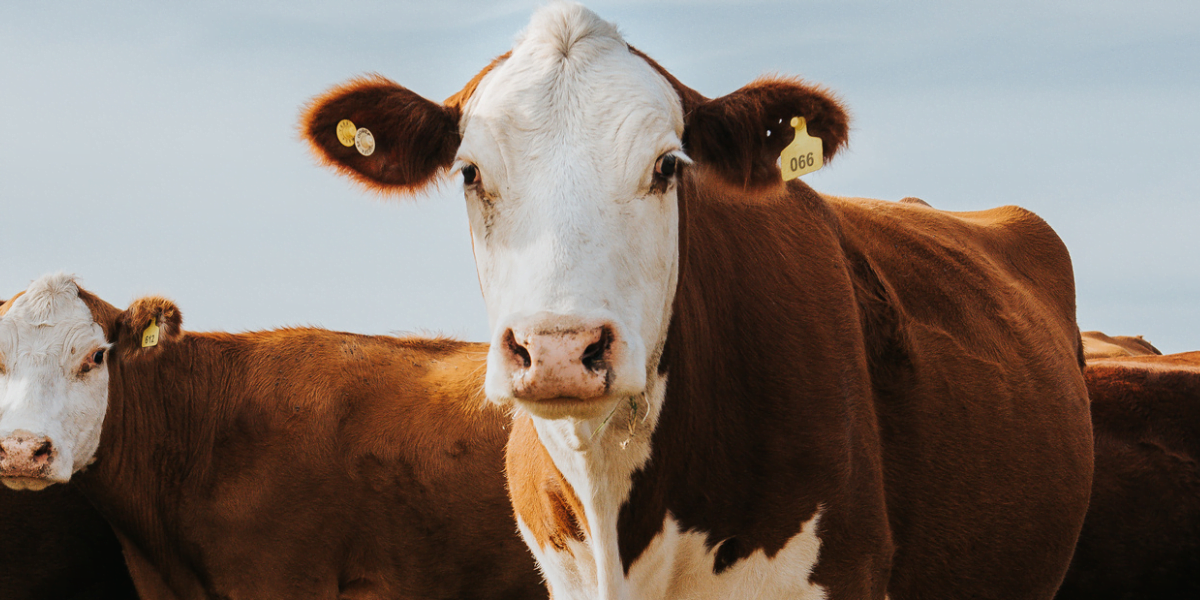Do you have any idea what ‘over the hooks’ means? Do you know the difference between polled, dehorned, and debudded? What about an ESI or and EGI?
If you don’t, or even if you do but just want to check every now and then, a new language guide has been developed to help.
An independent expert group, chaired by Meat & Livestock Australia (MLA), has created the new guide that sets out a common language of terminology to describe livestock for the Australian beef industry. In a first for the industry, the National Bovine Livestock Language Guidelines bring together a set of common descriptive words for beef cattle in a way that also aligns industry terminology with consumer terminology.
The guide defines terminology across a broad range of production topics including physical descriptions, fat score, muscle score, breed descriptions, and hides. It also has a handy list of the many acronyms of organisations and regulators in the industry.
The development of the National Bovine Livestock Language Guidelines was initiated through recommendations provided in the Beef Language Review White Paper, published in 2017 and endorsed by the Australian cattle industry. The White Paper was initiated by the Red Meat Advisory Council (RMAC) and the Livestock Language review was conducted by an industry-appointed independent expert group that encompassed experience across the whole supply chain. The Guidelines have now been endorsed by the Australian Meat Industry Language and Standards Committee.
MLA Group Manager, Commercialisation and Adoption, Sarah Strachan, said that the guidelines were developed following extensive industry consultation along the whole supply chain and across northern and southern production systems.
“As much as possible, the industry wants to deliver improved communication from the property of origin, through the value chain, to the international consumer where such terms can be linked through existing AUS-MEAT Language and UNECE (United Nations Economic Commission for Europe) international code,” Ms Strachan said.
“This document will help achieve that and helps define a common language for the Australian beef industry.”
“It will be a valuable resource for cattle breeders, backgrounders and finishers, seedstock producers, stock agents, lotfeeders, supply chain managers, transport operators and processors.”
“The Guidelines will evolve as technology evolves, allowing industry to accelerate the potential for herd improvements and efficiencies through improvements in livestock descriptions.”
The guidelines are administered by AUS-MEAT, which will oversee any amendments in the future.
You can download the guidelines from AUS-MEAT.
Have something to say about this story? Submit your own opinion piece, or quick word, to The Net.

